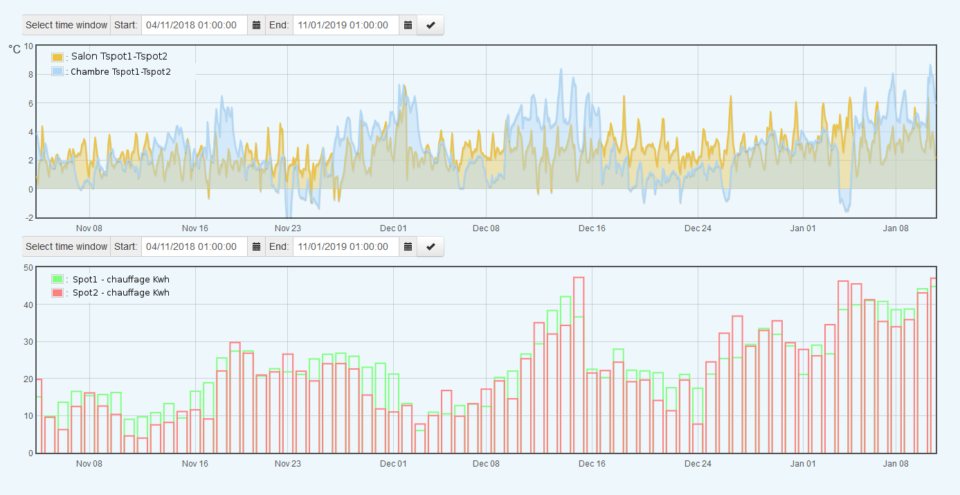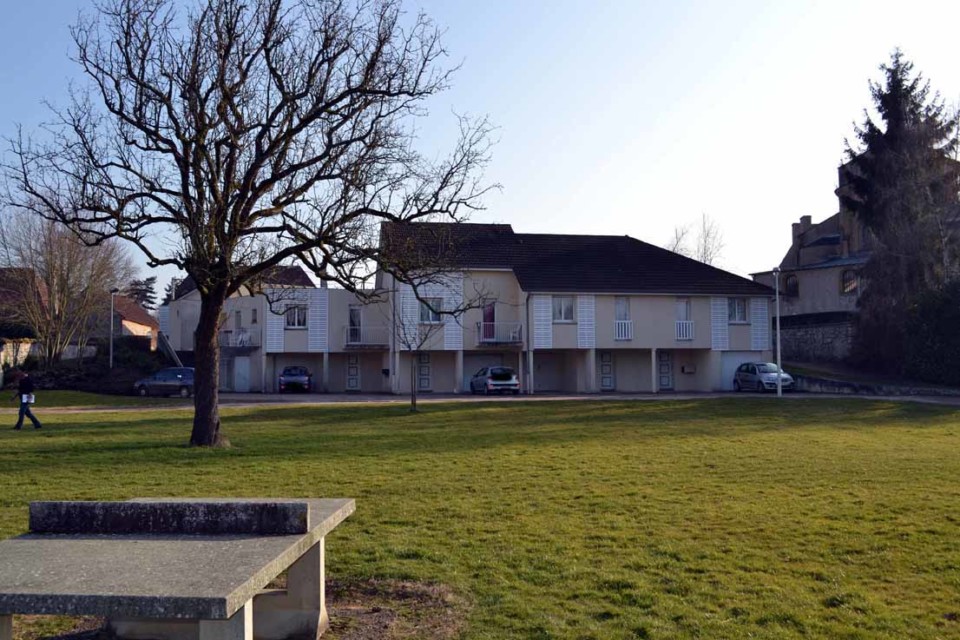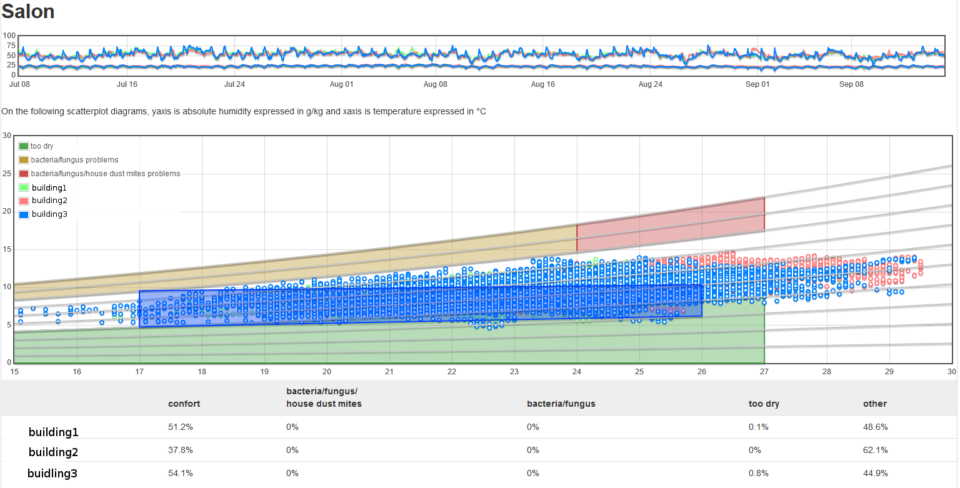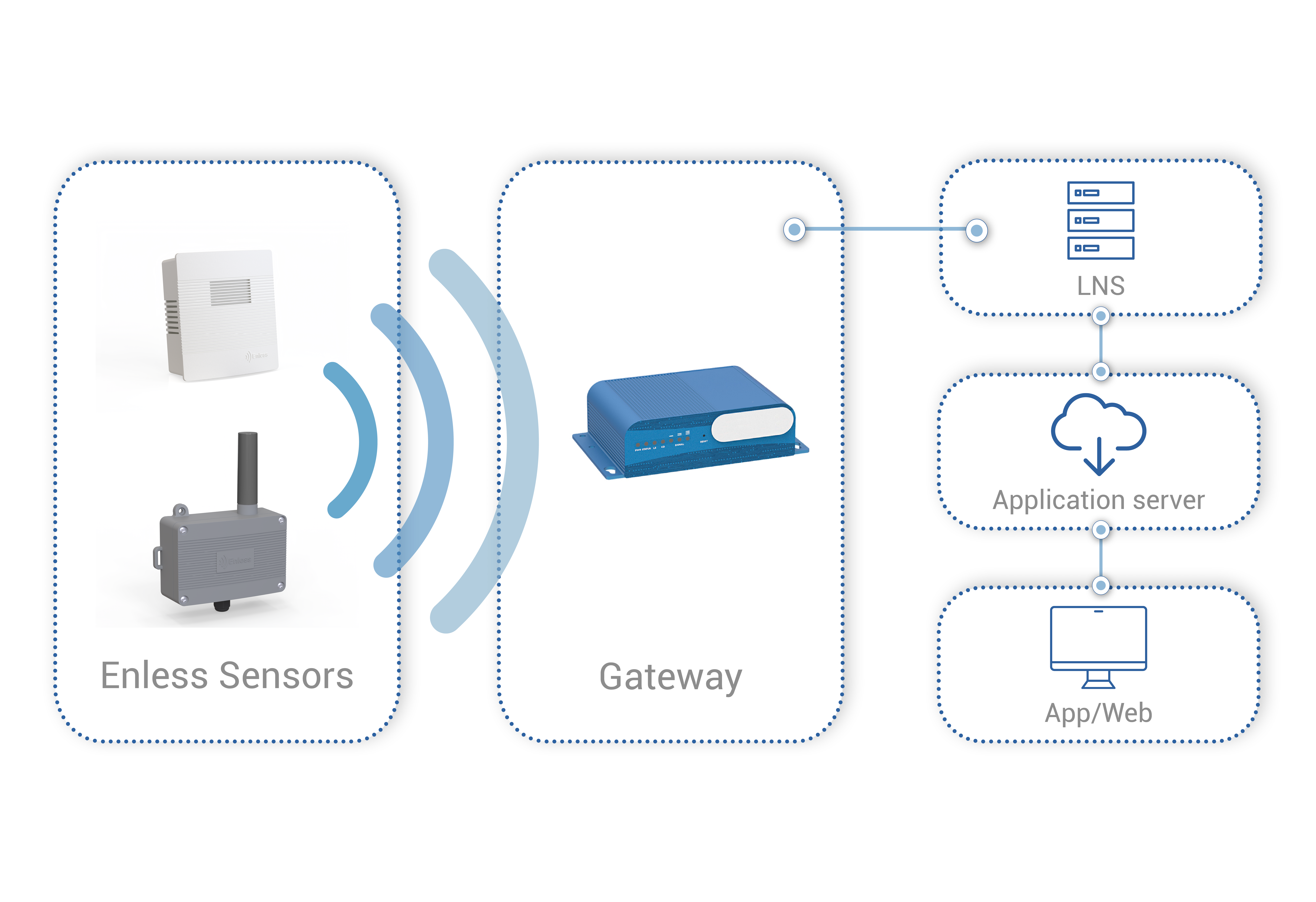
What is Cerema?
Cerema[FR] is a government establishment belonging to the Ministry of Ecology and Solidarity, for France. It is a specialist in energy performance and heritage building management with the function of assisting government and private sector building construction players with their problems: building design, urban planning, maintenance – operation, renovation projects, energy optimisation, etc.
Thus, it is present in all phases of the projects in which it assists, from searching for solutions up to the beginning of building use. The main focus of Cerema is on the integration of the building into its environment in a context of environmental and energy transition.
Cerema also participates in the definition of new regulations in favour of positive energies and the regulations concerning carbon footprints. It has worked especially on the definition of a method allowing environmental performance of new buildings to be assessed: E+C- experimentation, conducted throughout France.
To find out more about the activities of Cerema and on the Environmental 2020 regulation which it assists with, check out the Cerema[FR] website.
The THEMIS connected solution for monitoring energy performances

As a result of its desire to assist building sector players, the Clermont-Ferrand (France) branch of Cerema has come up with the THEMIS Thermal and Energy Monitoring System, a connected system aimed at real-time synchronising of measurements taken in the building, in the framework of its BMS.
Data, mainly related to the monitoring of building energy performances, are recovered using sensors positioned at strategic locations on the site to monitor and are aggregated and analysed via the THEMIS platform. This is often in the framework of building or renovation projects.
Recovered data (interior and exterior temperature, relative humidity, CO2, instantaneous electric power, gas pulses, etc.) can be combined with meteorological data from close-by weather stations. Using an ad hoc configuration, THEMIS can also dialogue with the boiler-room PLCs using the Modbus RS485 protocol.
The modular nature of the platform allows for a fine control of the functionalities and adaptation to any type and any size of project, for any kind of player in the construction and renovation of buildings.
Thermal audit conducted for the social landlord Allier Habitat in France

The Energy Efficiency project has been conducted for Allier Habitat– formerly the Office Public Départemental d’Habitations à Bon Marché de l’Allier [Departmental Governmental Office for Low Cost Accommodation of Allier], a social landlord with 4,600 lodgings in 140 communities in the department of Allier, France .
The setting up of this project was done following the need of the lessor to compare several thermal insulation techniques for all of their properties in order to select the best alternative.
This auditing project was conducted by Cerema several months ago.
This involved, installing an automated energy and comfort data reading systems using various sensors located on the properties concerned.

Amongst others, there were a dozen Enless Wireless temperature and humidity transmitters, operating under the 169 MHz M-Bus Wireless radio communication protocol which were installed within a group of three houses. The distances between each house was about thirty metres.
During the implementation phase which was conducted using the F.C.T. software from Enless Wireless, the measurement frequencies were set at 5 minutes to allow frequent relaying of data to the Enless Wireless Modbus receiver, also installed on-site. The receiver was coupled to the Modbus with a Smartflex gateway from Advantech.
These installations allowed data to be transmitted in real-time to the THEMIS system, developed by Cerema and easily accessible on-line via a specific internet address.



Examples of display and records of thermal data via the THEMIS system and on different scales: comparative view of the three properties, detailed analysis per property and display of the data on the scale of the room.
The data gathered in real-time and coupled with other parameters (close-by weather stations, Emoncms opensource energy monitor, etc.) allowed energy losses by infiltration and the effects of sunlight and wind speed to be modelled. Ubat “field” coefficients (heat loss per square metre) were also determined for each thermal insulation system audited. The lower the UBAT measured, the more the building envelope was considered to be efficient.
“The installed system performed very well” according to Alexandre Cuer, Assistant Director of Cerema Clermont-Ferrand (France). “The use of Enless transmitters was very simple and the overall system worked very well without interruptions. The solution allowed our Allier Habitat lessor customer to make their decision regarding the thermal insulation technique to favour for their properties under construction.”
Click on the icons below to post this article on social networks >>>







